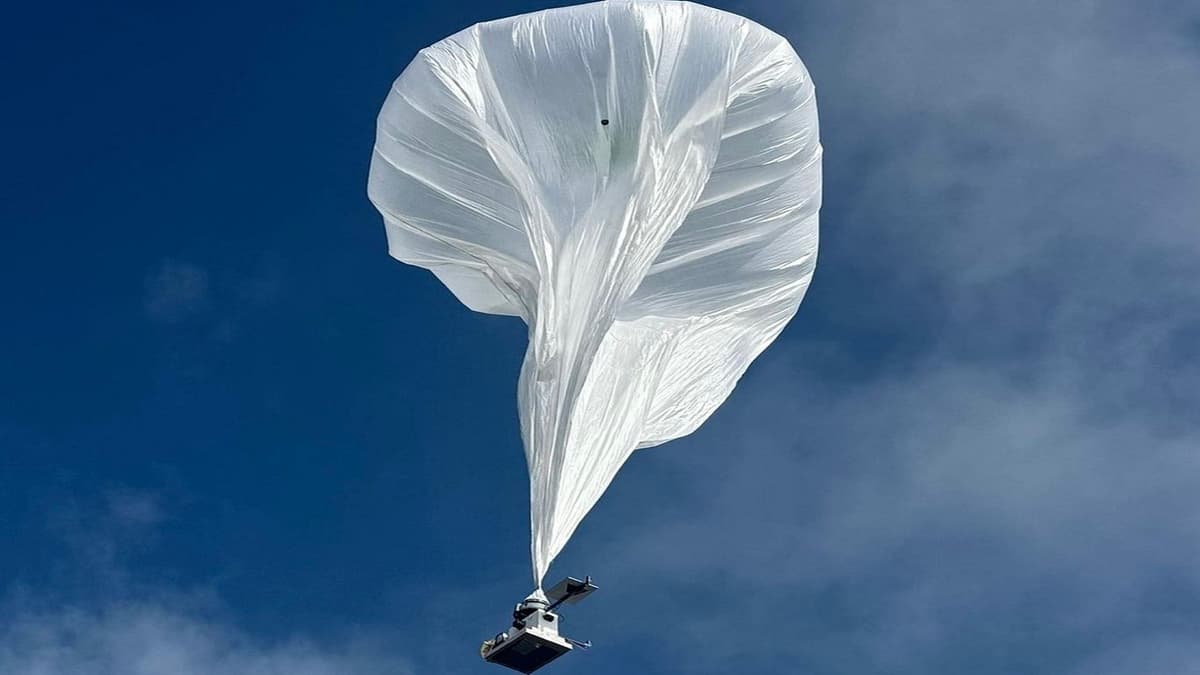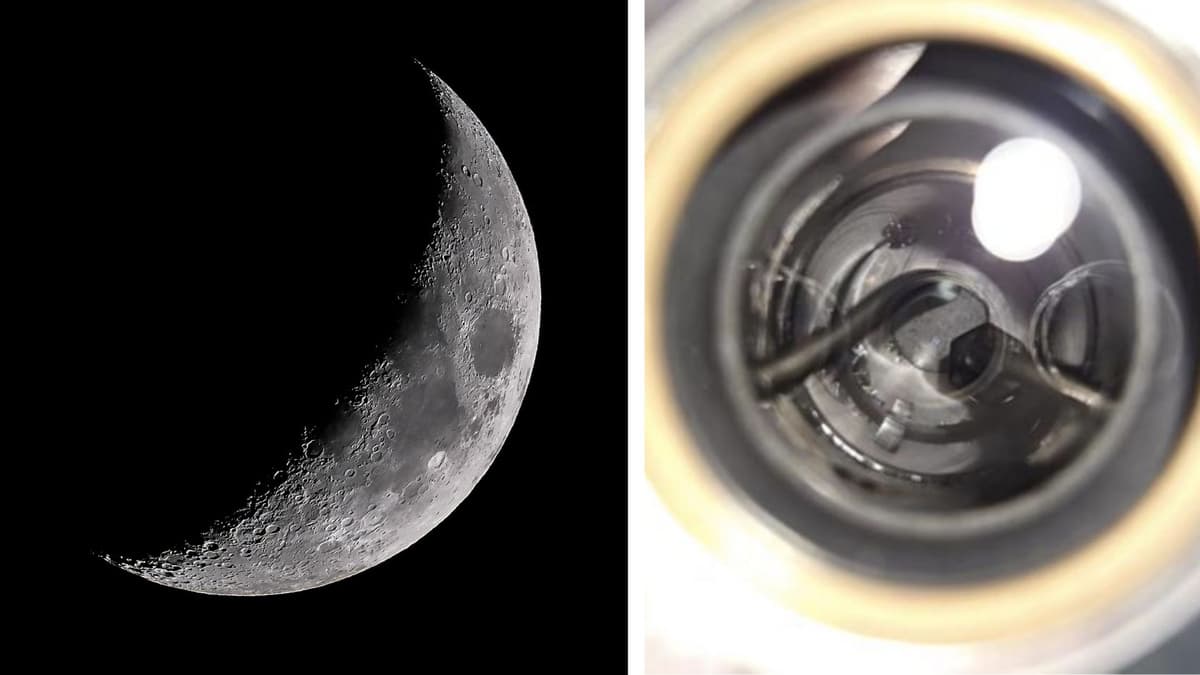NASA is making significant strides in its Artemis program, which aims to send astronauts to the Moon and beyond. A crucial component of this effort is the development of the Gateway, a space station that will be the first to permanently orbit the Moon. Recent progress in the construction of Gateway’s habitation modules, particularly the HALO (Habitation and Logistics Outpost), has been highlighted during a visit to the Thales Alenia Space facility in Turin, Italy. The HALO module is nearing completion and will play a key role in supporting future lunar missions.
Representatives from NASA, the European Space Agency (ESA), the Italian Space Agency, along with partners from Northrop Grumman and Thales Alenia Space, gathered in Turin to inspect the HALO module. This milestone marks a significant step forward in the development of the Gateway space station. In March, HALO’s primary structure will be shipped to Northrop Grumman’s facility in Gilbert, Arizona, for final assembly and testing. Once complete, the module will be integrated with the Power and Propulsion Element at NASA’s Kennedy Space Center in Florida. According to Jon Olansen, NASA’s Gateway Program Manager, this international collaboration is essential for expanding human exploration of the solar system and advancing scientific discovery.
Continue reading… “NASA and International Partners Achieve Key Milestones in Gateway Program for Lunar Exploration”













